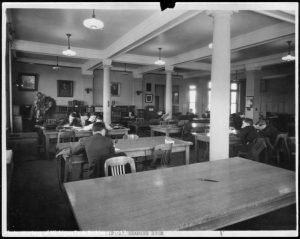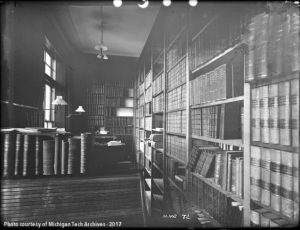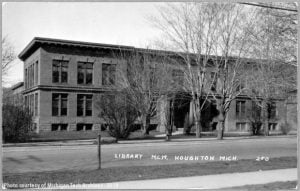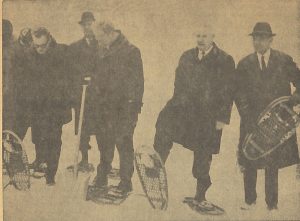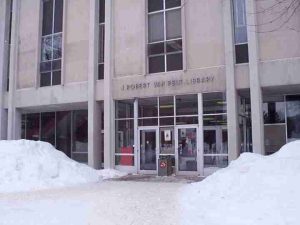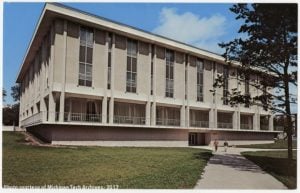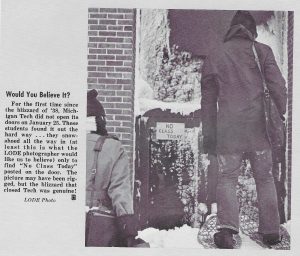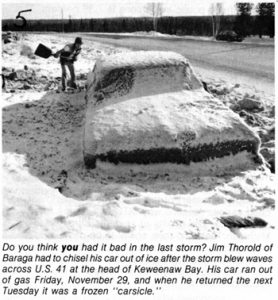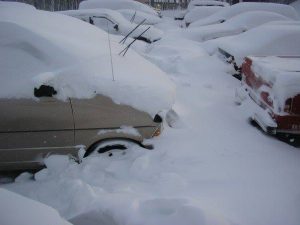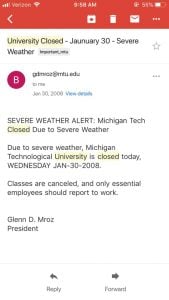From Facebook:
“Funny thing we live in a small town in Wisconsin. I am shooting pool and just met a 2014 mechanical engineer grad from Mich Tech that is an engineer at Sea Grave, a local fire truck manufacturer.” -TS
“My husband and I were at the bear sanctuary in Minnesota last summer. A Husky was doing an internship there. She knew my son. Also met an alum who was in his 80s. Small world.” -DB-A
“You can find Huskies everywhere! Especially if you’re wearing MTU gear or sporting a decal on your vehicle. We were at a bar in the small town of Crivitz, WI where I grew up and we found a Husky!” -CD
“We are in Pound. We were visiting our Husky out in Washington state this summer for his internship. We ran into probably 10 alumni. Amazing.” -JM
“Always a favorite week at Tech. The sculptures look like they continue to be amazing” -Dawn F.
“One day in winter ’82-’83 I think. Not completely positive. Those details are are a little foggy. However, Jim’s food mart remained open that day, and I recall trekking over there with a sled and returning home with cases of survival essentials (of the liquid form)😂. We didn’t have fancy video games then, so we played euchre and poker and later on when we were really glowing we sledded down Agate Street from the top. Now that was a real thrill! Thankfully we had trustworthy spotters at the bottom waving us off if a car was coming down College Ave!” -Pete J.
“Back in 61–64 we closed once. The president looked out at Mt. Ripley and saw all the students over there skiing. ‘If they can make it to Mt Ripley they can make it to class! I’ll never close again.’” -David H.
“Sure did! Having Rosa Parks as the speaker at my graduation ceremony was one of many highlights of my time at MTU!” -Mary C.
“I was in my cap and gown. I think in the 4th row. I remember thinking at the time how petite she was. But yet, she had such a powerful presence.” Julie V.
“I always rode on my sorority’s dog sled. So much fun!” Tiffany M.
“White out so bad it was terrifying to try to cross 41. Would have probably been ‘81” -Mark C.
“ It was -35. My car was the only one that would start, so I had a car full of students from the apartments. We went to school. ’84 or ’85.” -Dan H.
“ Yes! Spring 1985, first day of spring term, I was at the Admin Building, changing some of my classes, signs everywhere that classes were canceled at noon. I went over to a friends house and NO ONE believed me! “Oh”, they said, “Tech never cancels”. So they went to class and I stayed in and watched TV!” -Sue G.
“When I was a Tech there was a story that the school was closed once and all the students took trays and went sledding.” -John H.

